From hot wings to brownies, the nation’s most popular dishes all have an origin story. Often, where these foods were invented is just as important to the story as why they were invented. To learn more about the birthplace of some of America’s favorite dishes, check out these 10 U.S. cities that are famous for food.
Omaha, Nebraska – The Reuben
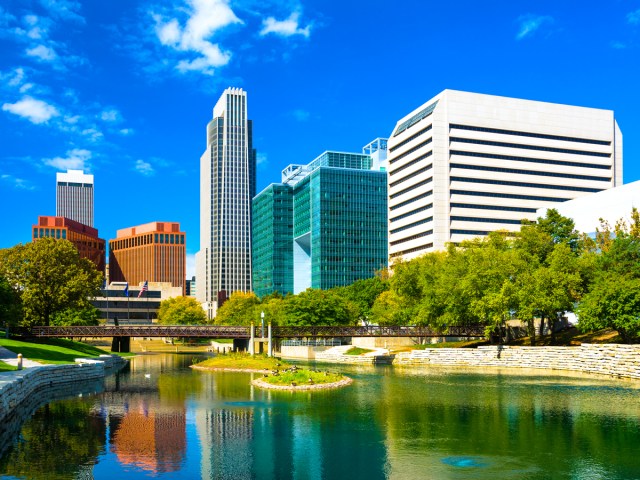
Did you know that Omaha, Nebraska, is the birthplace of the Reuben sandwich? Found on menus throughout the city, Omaha’s most famous culinary creation dates back to 1925. At the time, local grocer Reuben Kulakofsky was tasked with feeding a group of late-night poker players at the Blackstone Hotel. He went to the hotel’s kitchen and crafted a hot sandwich using Swiss cheese, corned beef, sauerkraut, and Russian dressing. The sandwich was such a hit that one of the poker players, Charles Schimmel, began to serve it at his restaurant, the Plush Horse.
Despite Omaha’s love of Reubens — which goes as far as celebrating National Reuben Sandwich Day each year on March 14 — there’s a conflicting account of the sandwich’s origin. Arnold Reuben claimed he invented the sandwich at his New York delicatessen in 1914. His version used ham, turkey, coleslaw, and dressing. Since the New York story relies on family accounts, while Omaha’s is supported by recorded history, most historians give credit to the Nebraska version.
Buffalo, New York – Buffalo Hot Wings
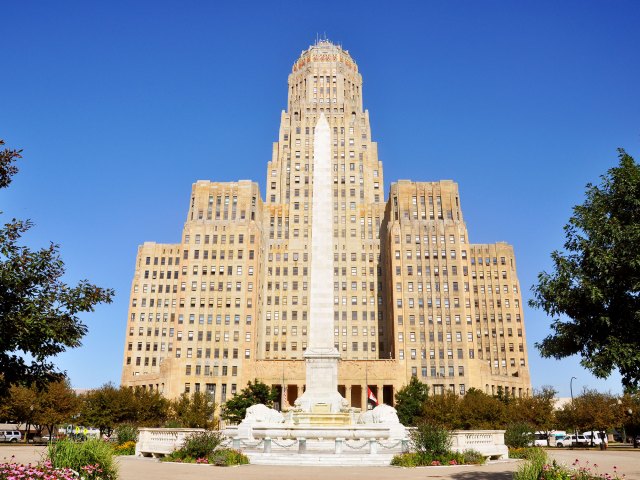
There’s no dispute as to the birthplace of hot wings — this finger-licking food was invented in its namesake city of Buffalo, New York, in 1964. But there are two varying origin stories that explain how Teressa Bellissimo of the Anchor Bar created the iconic Super Bowl snack.
Bellissimo’s husband claimed the restaurant received the wrong shipment of chicken parts, forcing her to find a way to use up the unwanted chicken wings, while Bellissimo’s son insisted she made it as a snack for his hungry teenage friends. Regardless, the result was the same — Bellissimo bathed the chicken wings in a flavorful sauce, served it with blue cheese and celery, and the rest was food history.
Today, the city of Buffalo remains proud of its signature dish. Food tours take travelers on a tasting journey of the city’s hot wings, while also explaining how the dish shaped the city’s history. There’s also plenty more history to be found in and around Buffalo, including Old Fort Niagara, a Revolutionary War military site, Frank Lloyd Wright’s Martin House, and the Theodore Roosevelt Inaugural Site.
Philadelphia, Pennsylvania – Philly Cheesesteak
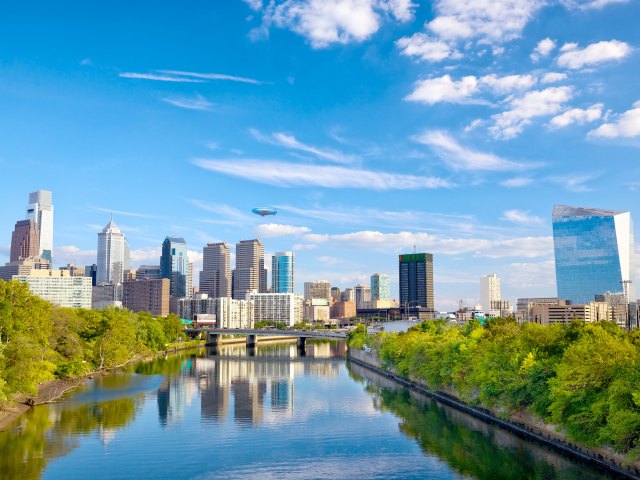
The iconic Philly cheesesteak dates back to 1930, when hot dog vendor Pat Olivieri was searching for a new dish to entice more customers. When Olivieri decided to serve grilled beef and onions in a toasted roll, word of his tasty creation spread quickly, and the simple sandwich eventually grew into Philadelphia’s signature dish.
Since then, the Philly cheesesteak has evolved into a somewhat of an art form. Customers can order one wit mushrooms and onions (if you want to sound like a true local) and choose between American cheese, Provolone, or, what some purists prefer, Cheese Whiz. And of course, you’ll have to pick a winner in the legendary cheesesteak rivalry: Pat’s versus Geno’s. No visit to Philadelphia is complete without a visit to one (or both) of these famous cheesesteak eateries, conveniently located on the same street corner of South 9th Street and Passyunk Avenue.
Once you’ve gotten your fill of cheesesteak, you can explore the City of Brotherly Love’s many historic sites. Run up the steps of the Philadelphia Art Museum like Rocky did in the movies, snap a photo in front of the famed Liberty Bell or the iconic LOVE sculpture, or tour Independence Hall, where the Declaration of Independence was signed. Be sure to stroll through Longwood Gardens, a stunning 1,000-acre botanical garden showcasing 9,000 varieties of plants and flowers.
Milford, Connecticut – Lobster Roll
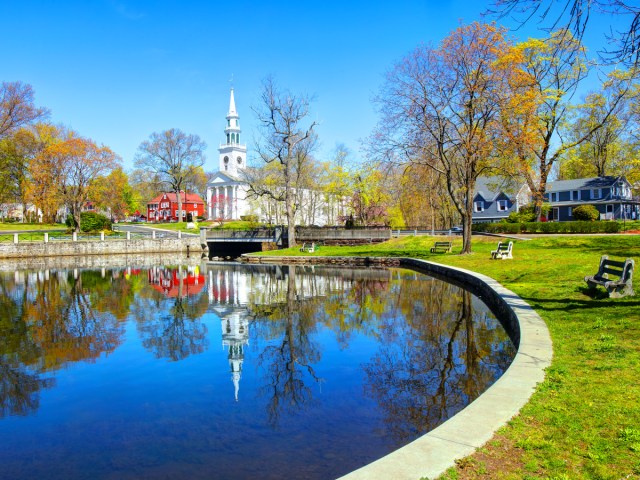
A visit to the New England coast wouldn’t be complete without a lobster roll, perhaps the region’s most beloved dish. Despite its current popularity in Maine, where the fishing industry relies heavily on lobsters, it’s believed that the famous dish was invented farther south at Perry’s Restaurant in Milford, Connecticut, around 1929. The sandwich variation was created when a customer requested a “hot grilled lobster sandwich.” The proprietor, Harry Perry, made a new dish on the spot, placing hot lobster meat between two slices of white bread.
Eventually, word of the dish spread up to Maine, and Red’s Eats, a local favorite, began serving its own version in the 1970s. As its popularity grew, the lobster roll evolved into two separate styles. Connecticut-style is closer to Perry’s original dish, with hot lobster meat in drawn butter, while Maine-style is served cold with mayonnaise, lemon juice, and herbs. Regardless of the style, a lobster roll is traditionally served in a top-split hot dog bun, which cradles the precious lobster meat and resembles the white bread used in the original dish.
New Orleans, Louisiana – Oysters Rockefeller
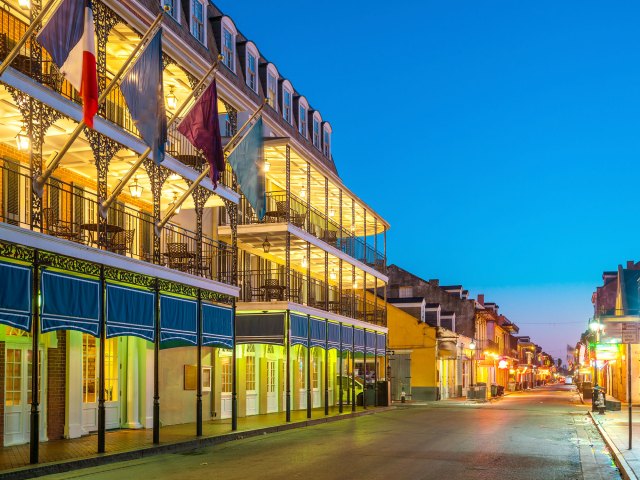
In the late 19th century, New Orleans chef Jules Alciatore created a new dish that would put his father’s restaurant, Antoine’s, on the map. At the time, escargot was popular throughout the Big Easy, but difficult to come by. To make up for the snail shortage, Jules coined oysters Rockefeller. Named after business magnate J.D. Rockefeller for its richness, the dish consisted of baked or broiled half-shell oysters, topped with a sauce of butter, herbs, and bread crumbs.
As one of the country’s most historic restaurants, Antoine’s remains a French Quarter institution, with its signature dish still prominent on the menu. While you’re in the neighborhood, stroll down the lively Bourbon Street or visit the Historic New Orleans Collection for a deep dive into the city’s multicultural history.
Music buffs can visit the New Orleans Jazz Museum to learn about the genre the city gave birth to, while art lovers can check out the New Orleans Museum of Art, featuring 40,000 pieces ranging from the Italian Renaissance to Georgia O’Keefe. And consider a stroll through City Park, a 1,300-acre green space filled with walking paths and live oaks dripping with moss.
New York, New York – Eggs Benedict

On any given weekend, eggs Benedict can be found at brunch tables across the country — all thanks to the New York chef who invented it in the 1860s. There are two main competing theories: that it was invented at the Waldorf Astoria hotel or that it was created at Delmonico’s, a classic New York steakhouse dating to 1837.
As the more popular story goes, Chef Charles Ranhofer was working at Delmonico’s when a longtime customer, Mrs. LeGrand Benedict, requested that he make her a brand-new dish off the menu. Chef Ranhofer concocted an entree with poached eggs, ham, and hollandaise sauce, and thus, eggs Benedict was born in Manhattan’s Financial District.
Presumably, Mrs. Benedict enjoyed the dish, because Chef Ranhofer published the recipe in The Epicurean in 1894. Ranhofer called the dish “Eggs a la Benedick,” and the rest is food history. Today, Delmonico’s continues to serve a dish called “Royal Eggs Benedict,” featuring duck eggs, king crab, and black truffles, with an option to add caviar for additional decadence.
San Francisco, California – Popsicles
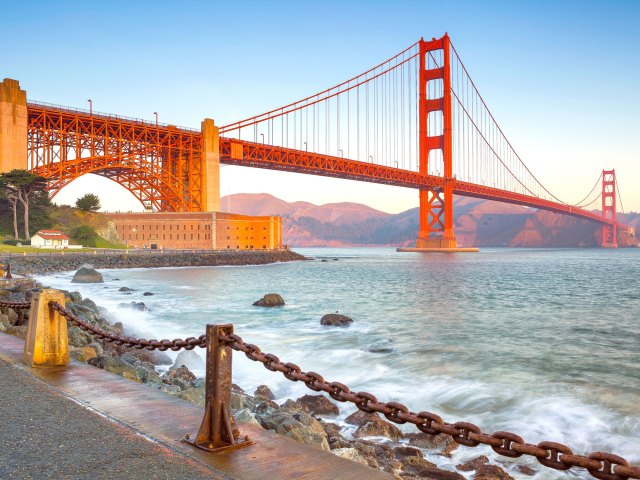
Considering its status as a beloved childhood summertime treat, it’s only appropriate that this frozen confection was invented by an 11-year-old boy. In 1905, Frank Epperson unwittingly invented the popsicle by mixing a sugary powder concoction with water and leaving it out overnight. When he awoke the following day, the chilly Bay Area weather had caused the liquid to freeze, forcing Epperson to lick it up with a wooden stirrer. Pleased by his accidental creation, the “Epsicle” became popular with local kids, and as it spread nationwide, the “Epsicle” evolved into the “popsicle.”
Today, San Francisco remains a food mecca for adventurous eaters like Epperson, with Mission burritos, Michelin-starred restaurants, and a historic Chinatown. For a post-meal stroll, the city is home to several beautiful parks, including the San Francisco Botanical Garden, the Japanese Tea Gardens, and the incredible Palace of Fine Arts. Don’t miss a chance to get on the water, either by taking the ferry to Alcatraz Island — home to the country’s most famous prison — a San Francisco Whale Tour to watch the humpbacks and blue whales on their annual migration.
Chicago, Illinois – Chocolate Fudge Brownies
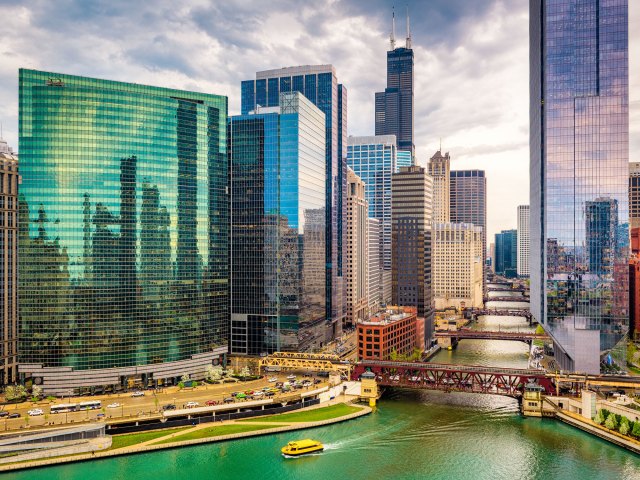
A visit to Chicago warrants a bite at one (or all) of the city’s well-known food establishments: Lou Malnati’s for a deep-dish pizza, Portillo’s for an Italian beef sandwich, and Vienna Beef for a Chicago-style dog with mustard. But stopping by the historic Palmer House hotel for a fudge brownie isn’t on most people’s radars.
It should be — after all, the brownie was invented here in 1893. At the time, socialite Bertha Palmer was tasked with creating a dessert to fit in boxed lunches at the Women’s Pavilion for the World’s Columbian Exposition. She asked the hotel’s pastry chefs for assistance, and before long, the chocolate fudge brownie was born (though it wasn’t called a brownie until it appeared in cookbooks a few years later).
Today, the historic Palmer Hotel still makes and serves the original brownie recipe — a decadent fudge creation topped with walnuts and an apricot glaze. Fortunately, you can walk it off after. The hotel is located in the Chicago Loop, with many of the city’s most popular sites within walking distance, including the Bean, the Art Institute of Chicago, and Navy Pier. Head south along the lakefront to check out the Shedd Aquarium and the Field Museum, companion attractions that teach visitors about the natural world.
Wichita, Kansas – Sliders

Not only is Wichita the birthplace of sliders, but Kansas’ biggest city is also credited with popularizing hamburgers among the American public. In 1921, Walter Anderson and Billy Ingram established White Castle in Wichita as America’s first fast-food chain. At the time, Americans weren’t too keen on ground beef — only a decade prior, novelist Upton Sinclair had exposed the poor sanitation practices in the meatpacking industry. To make it more palatable, White Castle had fresh beef delivered twice a day and ground it in front of its customers. They also sold the small burgers for the low price of 5 cents a piece. It was enough to turn people back on to beef.
It is also believed that the name White Castle chose for the sandwich, “slider,” originally came from the U.S. Navy, whose members used the term to describe a small, greasy burger that “slid” easily down the throat. In an ironic turn of events, after Ingram moved the business to Ohio in the 1930s, no other White Castles were established within Kansas. To this day, there are no White Castle franchises in the state of Kansas, a fact that many locals would love to change.
Lewiston, Maine, vs. Lancaster, Pennsylvania – Whoopie Pie

Who was the original inventor of the whoopie pie? That question is still up for debate, with dueling states each believing to have a rightful claim over the dessert’s origins. Lancaster County, Pennsylvania, which is home to a large Amish population, claims the sweet treat has been passed down through generations of Pennsylvania residents. According to oral tradition, Amish wives made the sandwich cookies with leftover cake batter, leading their husbands and children to exclaim, “Whoopie!” when they opened their lunches and discovered them.
The Maine origin story is similar to that of Pennsylvania: leftover cake mix turned into a small portable treat for children. However, Labadie’s Bakery in Lewiston, Maine, claims to have officially invented the whoopie pie in 1925, when it began selling it to hungry customers. Since the original Labadie’s Bakery has since burned down, there is no substantiated evidence of this claim. Regardless of their origin, you can try a whoopie pie for yourself at bakeries and shops throughout Pennsylvania and Maine. (Labadie’s also ships whoopie pies nationwide.)
More from our network
Daily Passport is part of Optimism, which publishes content that uplifts, informs, and inspires.























